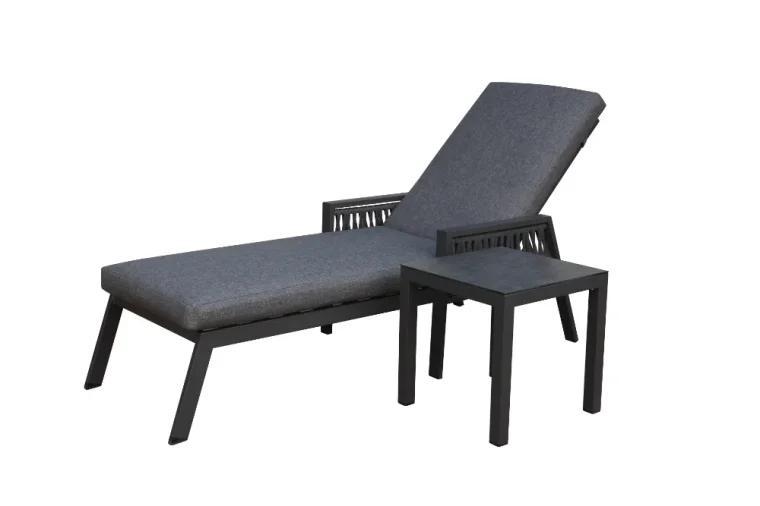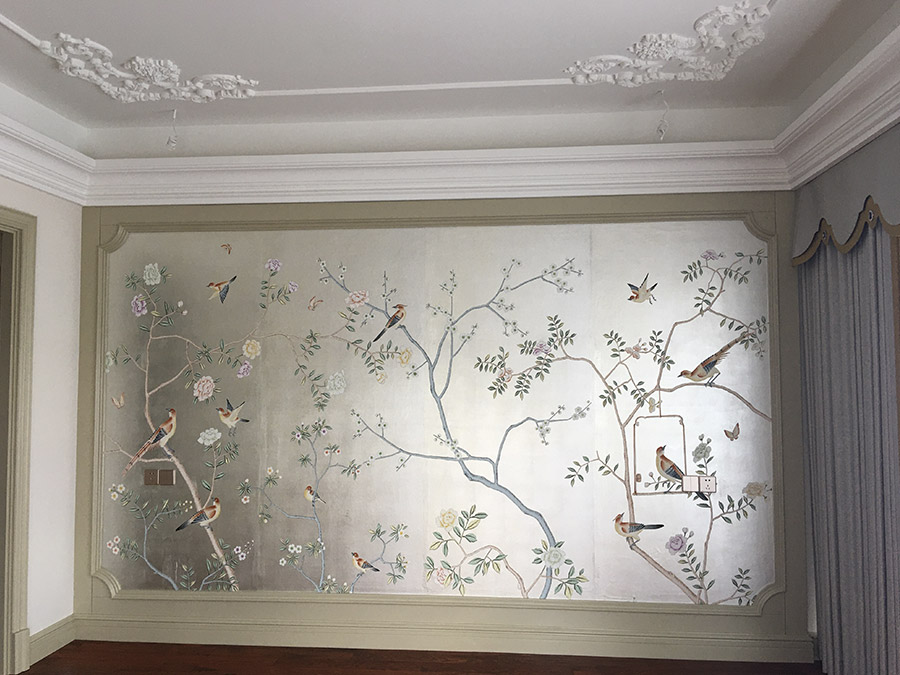When it comes to selecting the right wood for a long-lasting and durable project, it is crucial to consider various factors such as strength, resistance to decay, and overall lifespan. In this blog post, we will delve into the world of wood and explore the top contenders for achieving exceptional longevity. From hardwoods to softwoods, we will analyze their characteristics, applications, and maintenance requirements to help you make an informed decision.
- Hardwoods: The Epitome of Endurance
1.1 Oak: Unparalleled Strength and Resilience
- Discuss the different types of oak wood (e.g., white oak, red oak)
- Highlight its exceptional durability and resistance to decay
- Mention its popular applications (e.g., furniture, flooring, outdoor structures)
1.2 Teak: A Tropical Treasure
- Emphasize teak's natural oils and high silica content, contributing to its longevity
- Discuss its resistance to moisture, insects, and decay
- Explore its widespread use in boat building, outdoor furniture, and decking
1.3 Mahogany: Timeless Elegance and Durability
- Highlight mahogany's rich color, grain patterns, and natural resistance to rot
- Discuss its versatility in furniture making, cabinetry, and musical instruments
- Mention the importance of sustainably sourced mahogany to preserve its availability
- Softwoods: Surprising Sturdiness
2.1 Cedar: Nature's Resilient Gift
- Discuss cedar's natural oils and preservatives that protect against decay and insects
- Highlight its dimensional stability and resistance to warping
- Explore its applications in siding, decking, and outdoor structures
2.2 Redwood: The Majestic Marvel
- Emphasize redwood's natural resistance to decay, insects, and fire
- Discuss its stability, strength, and ability to retain finishes
- Mention its popularity in decking, fencing, and outdoor furniture
2.3 Cypress: The Rot-Resistant Wonder
- Highlight cypress's natural oils and preservatives that deter decay and insects
- Discuss its durability in both wet and dry environments
- Explore its applications in siding, outdoor furniture, and boat building
- Engineered Wood: The Modern Solution
3.1 Plywood: Strength in Layers
- Explain the manufacturing process of plywood and its enhanced strength
- Discuss its resistance to warping, cracking, and splitting
- Highlight its versatility in construction, cabinetry, and furniture making
3.2 Laminated Veneer Lumber (LVL): Engineered Excellence
- Explain the composition of LVL and its superior strength-to-weight ratio
- Discuss its resistance to warping, shrinking, and splitting
- Explore its applications in beams, headers, and other structural elements
Conclusion:
Selecting the right wood for long-lasting durability is a crucial decision that should consider factors such as strength, resistance to decay, and overall lifespan. Whether opting for hardwoods like oak, teak, and mahogany, or exploring the surprising sturdiness of softwoods like cedar, redwood, and cypress, each wood type has its unique qualities and applications. Additionally, engineered wood options like plywood and LVL offer modern solutions for enhanced strength and stability. By understanding the characteristics and applications of various wood types, you can make an informed choice that ensures your project stands the test of time.


